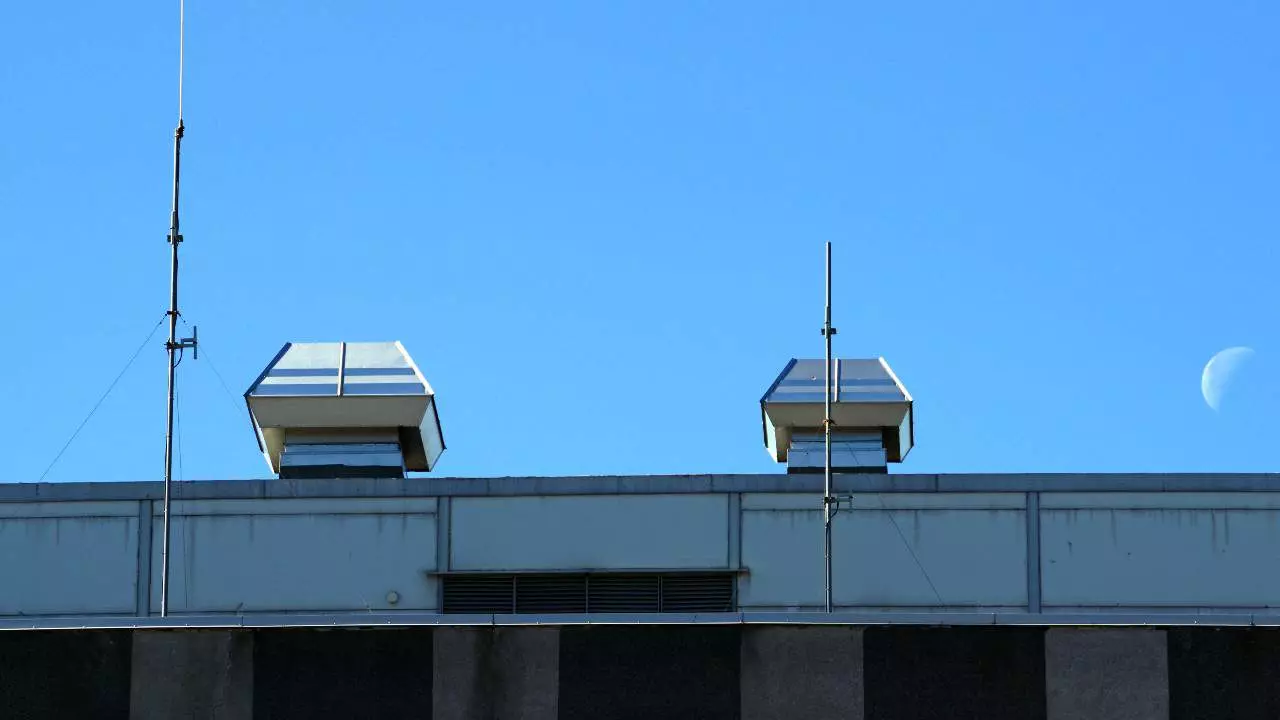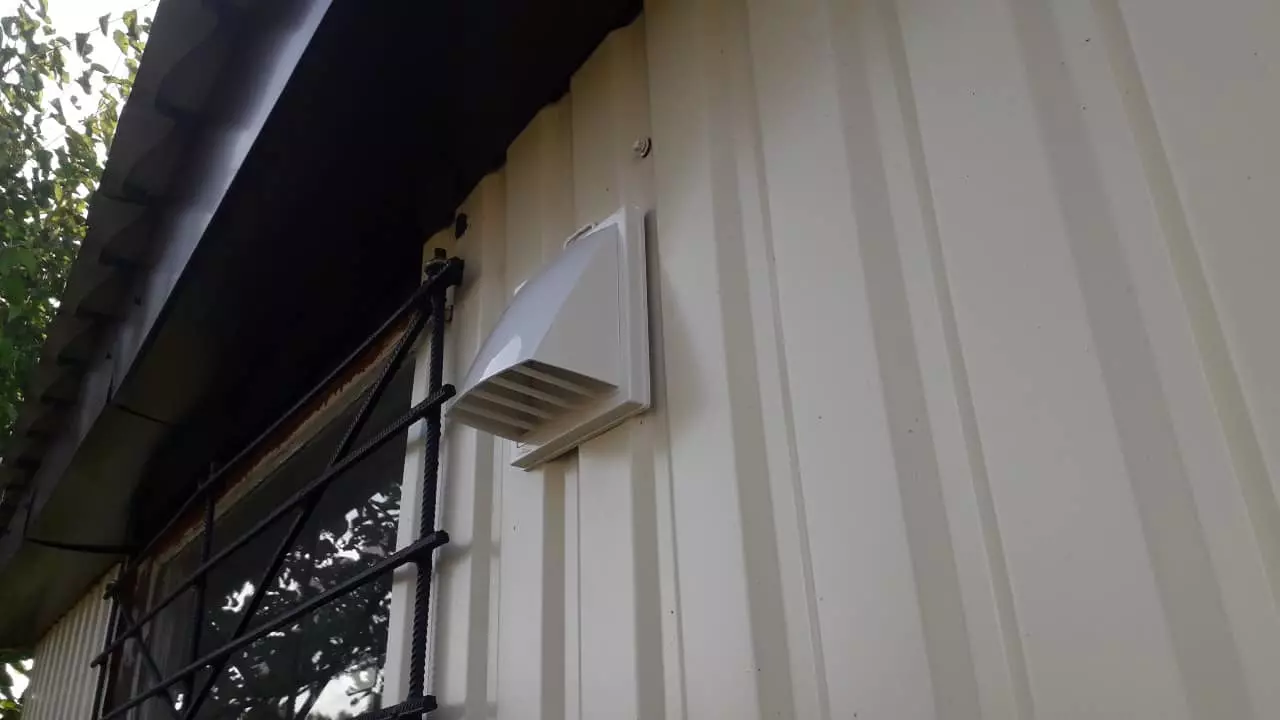When it comes to home improvement, we often focus on the more visible aspects, like flooring, fixtures, and cabinets. However, one area that should not be overlooked is proper bathroom ventilation. Whether you're buying a new house, building from scratch, or remodeling, understanding different bathroom exhaust fan venting options is crucial. In this article, we'll explore the pros and cons of various venting methods, helping you make an informed decision.
The Different Venting Options
Bathroom exhaust fan venting options can be categorized based on their location. Let's take a closer look at each one:
Ceiling-to-Wall Venting
The most common and widely used option is ceiling-to-wall venting. In this setup, the bathroom fan is installed on the ceiling, and the exhaust vent leads to the outside. While the vent may wind its way through twists and turns, as long as the key elements are present, this option is effective. However, it's important to ensure proper insulation and protection from pests and rain.
 Image: Ceiling bathroom vent
Image: Ceiling bathroom vent
Roof Vent Installation
Another popular option is venting the bathroom fan directly to the roof. A special metal vent, typically made of stainless steel, is installed by a roofer. It's crucial to insulate the duct hose properly to prevent condensation and subsequent mold growth. Roof vents provide efficient heat and moisture removal, especially for homes with attics. However, proper installation by a professional is essential to avoid future leaks.
 Image: Roof vent
Image: Roof vent
Venting Through the Wall
For a more straightforward installation, venting through the wall is a popular choice. This option is ideal for vertically installed bathroom fans. Through-the-wall exhaust fans are available as kits, complete with all the necessary components. They offer a direct path for humid air to exit your home, reducing the risk of condensation. However, DIY installations require careful consideration of wall structure and potential water damage.
 Image: Bathroom vent on an exterior wall
Image: Bathroom vent on an exterior wall
Soffit Vent Installation
Soffit venting is a passive ventilation system that allows fresh air from the outside to enter through the soffits. While venting a bathroom fan through the soffit is not ideal, it can be a last-resort option. It's essential to use unique soffit vents with spring-loaded covers to prevent pests from entering. However, be aware that some home inspectors may consider this an inadequate method and recommend alternatives.
Avoid Venting to the Attic
Venting your bathroom fan directly into the attic is strongly discouraged. This practice can lead to moisture damage, reduced energy efficiency, and health risks. Furthermore, the expelled air can easily re-enter your home, defeating the purpose of proper ventilation. Although exceptions exist in some warm and humid climates, it is best to avoid this option altogether.
Conclusion
Proper ventilation is vital for your bathroom's air quality and overall home health. By understanding different venting options and their pros and cons, you can make an educated decision that suits your needs and budget. Whether it's ceiling-to-wall, roof venting, through-the-wall, or soffit vent installation, be sure to consult professionals and adhere to local regulations. Remember, a well-ventilated bathroom is a healthier and more enjoyable space for everyone in your home.
Note: All images used in this article are sourced from the original article on Saigonintela.vn and are for visual representation purposes only.












